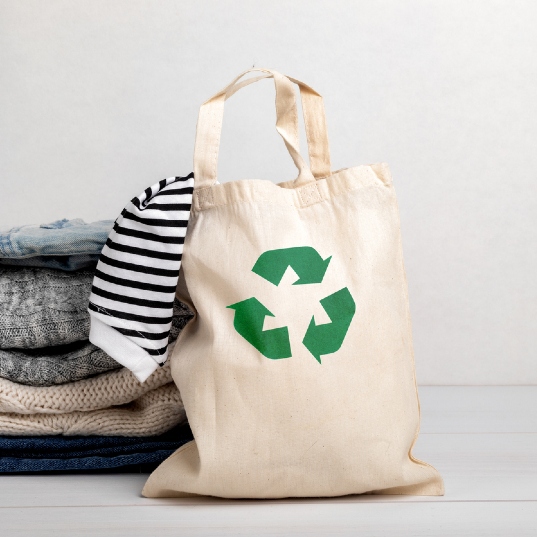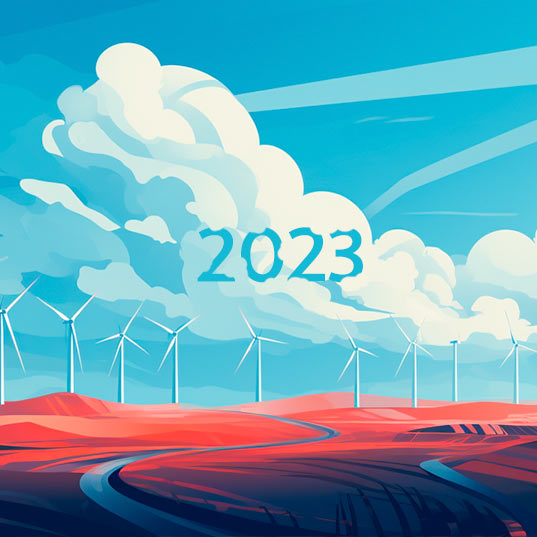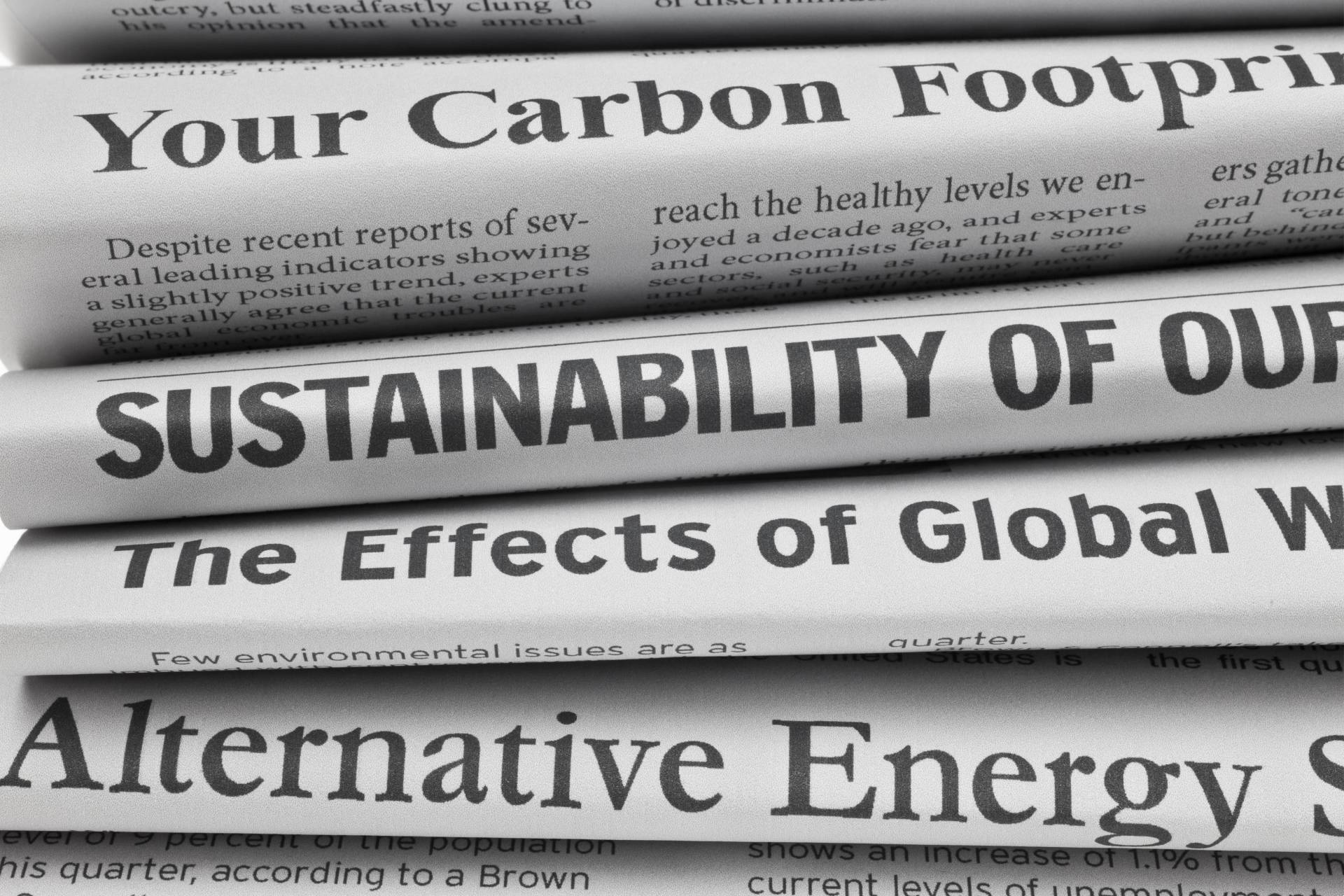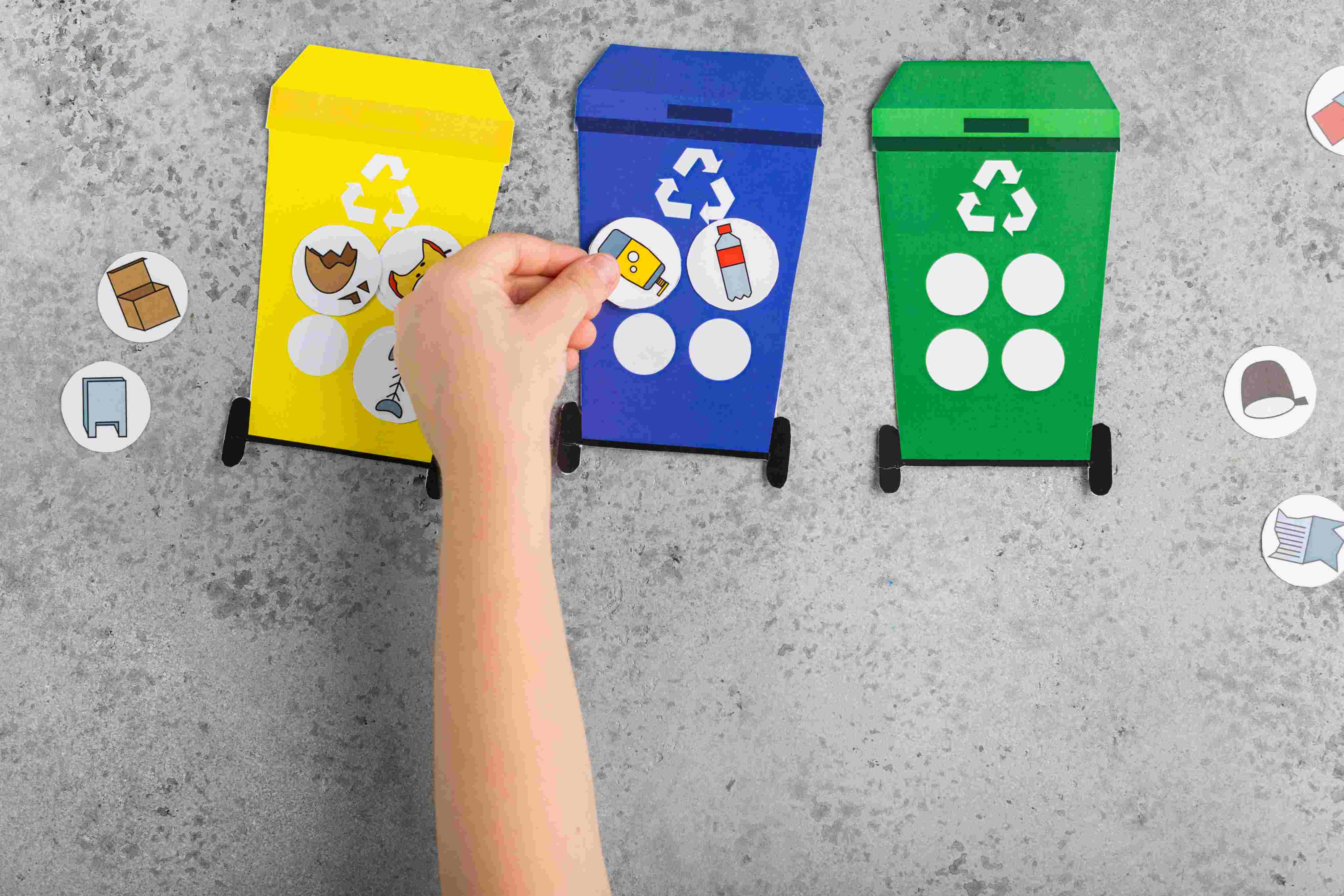Black Friday and sustainability: the huge sales that are costing the planet
What’s behind huge sales events like Black Friday? Where do we pay for what we get for a bargain on Black Friday? Can a Black Friday ever be sustainable?
Year after year at the end of November there’s one day when brands and retailers make a killing – Black Friday. This is the Friday after Thanksgiving in the United States on which en masse sales are held in the run-up to Christmas. This tradition may be American, but it has been exported across the globe over the past decade. To what avail? A massive increase in online sales, ramped-up transport of merchandise, and a boom in air pollution. Make no mistake, Black Friday costs the planet big time.
What you’ll find in this article
- Why Black Friday is unsustainable
- Alternatives to bring about a sustainable Black Friday
- Green Friday
- Giving Tuesday
- Buy Nothing Day
Why Black Friday is unsustainable
 Black Friday is an excuse for frenetic consumerism that goes way beyond just the day itself. Sales are up and running a fortnight before and on occasions extend over the weekend to what is known as Cyber Monday, another “24 hours” of tempting online offers.
Black Friday is an excuse for frenetic consumerism that goes way beyond just the day itself. Sales are up and running a fortnight before and on occasions extend over the weekend to what is known as Cyber Monday, another “24 hours” of tempting online offers.
According to a study by Adobe Digital Insights, during last year’s Black Friday US consumers spent around 9 billion dollars online (7.95 billion euros), 21.6% more than in 2019. The study points out that Black Friday and Cyber Monday in 2020 were the days that generated the most online commerce in US history – and they’re looking to build on those figures this year.
So, what’s the problem? Internet shopping means the transport of merchandise from company to customer. Many, many miles which are doubled if the consumer is not happy with the product, and decides to send it back.
Indeed, the data shows that electronic commerce increases the number of returns, impacting heavily on the environment, and traffic congestion, in areas where deliveries are high. In the US, this effect was measured: 15 million tonnes of CO2 pumped into the atmosphere due to returns alone, that adds up to the equivalent of emissions from three million cars over a year.
This doesn’t just mean we’re pumping more greenhouse effect gases into the air, but the extra waste we generate from Black Friday is significant, too. Cardboard boxes, bags, packaging, etc. Put simply, there’s more trash, because we’re also buying the packaging.
And then bear in mind that the most sought-after products are technological devices and clothing. The fashion sector is the second most polluting in the world. The manufacture and operation of a little 80-gram mobile phone requires 44.4 kg of natural resources. This is the so-called “ecological rucksack”, made up mainly of the extraction of raw materials and the compounds used in production.
Alternatives to bring about a sustainable Black Friday
In the face of the rampant consumerism that Black Friday brings, several alternatives have emerged to try to halt the compulsive buying caused by such offers and sales. These have been thought up by companies and organizations whose priorities are people and the planet.
Green Friday
Over the past few years, a movement has emerged at the end of November to try to invert the notion of Black Friday by proposing responsible and sustainable consumption. Green Friday focuses on recycling, small local stores, artisanal products and second-hand shops. In other words, the day is used to promote the practice of the circular economy and instil awareness about what we consume and what we throw away.
Green Friday events include the famous store which, for the second year running, is joining the campaign to repurchase used furniture. The purse and wallet company Secrid offering free repairs for the day.
It also promotes responsible shopping, for the day at least. If you need a product, plan to buy it from green brands which impact positively on the planet, always and whenever they offer products that care for the environment and respect people.
“Real savings are achieved by spending the minimum to satisfy each and every one’s real needs.”
In essence, Green Friday invites us to reflect on the fact that real savings are not achieved in buying discounted goods, but in spending the minimum to satisfy the real needs of each and every one of us.
Giving Tuesday: solidarity and sustainability
 Giving Tuesday is a global movement that seeks to incentivize and multiply laudable actions. The aim is to dedicate one day a year worldwide (this year it’s on 30 November) to celebrate the action of giving, whether that’s food, money, second-hand objects or volunteering your time for an activity.
Giving Tuesday is a global movement that seeks to incentivize and multiply laudable actions. The aim is to dedicate one day a year worldwide (this year it’s on 30 November) to celebrate the action of giving, whether that’s food, money, second-hand objects or volunteering your time for an activity.
Check out the Giving Tuesday movement’s website to find out about scores of solidarity projects taking advantage of this initiative to raise funds.
Buy Nothing
One of the most striking counter-proposals to Black Friday is Buy Nothing Day, held on the same day and encouraging shops and brands to take a stance against Black Friday. What do they do? Instead of joining in the wave of sales, they close their online or physical businesses as a gesture of opposition to the massive spree underway.
One of these, the conscientious clothing company Asket, does not sell on Black Friday, instead using its social media channels to educate followers on the environmental problems caused by the fashion industry.
So, as you can see, there is a different and sustainable way of doing things. We must, however, use the moment to reflect on the way we consume and stay true to the clear idea that the planet does not come cheap. Why not involve yourself in a different way this Black Friday?
Sources:
https://www.sostenibilidad.com/desarrollo-sostenible/que-es-la-sostenibilidad/







